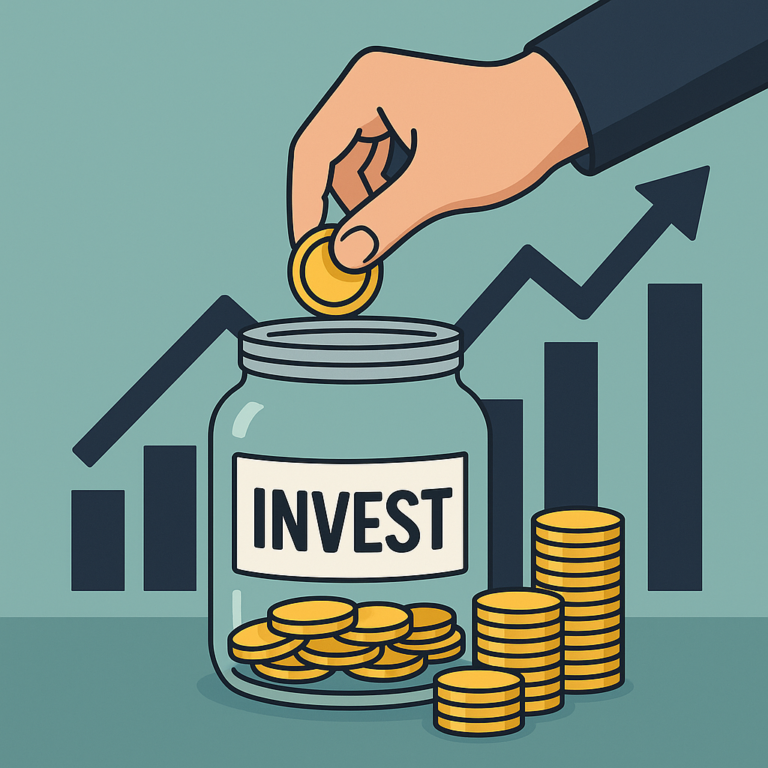How to Invest $100 a Month (Even If You’re Just Getting Started)
Think you need a lot of money to start investing?
Think again.
Even $100 a month can build real wealth over time — if you invest it smartly.
In this guide, you’ll learn:
- Why $100 a month matters
- The best ways to invest small amounts
- How to automate and grow over time
Why $100 a Month Is More Powerful Than You Think
At first, $100 might not sound like much.
But thanks to compound growth, small investments snowball into serious money.
Example:
- $100/month invested at 8% average returns
- After 10 years = ~$18,300
- After 20 years = ~$55,000
- After 30 years = ~$140,000
💡 Starting small and staying consistent beats waiting for “someday” when you have more.
Best Ways to Invest $100 a Month
Here’s where to put your money to work:
1. Total Stock Market ETFs
Simple. Low-cost. Diversified.
A Total Stock Market ETF (like VTI, SCHB, or ITOT) gives you instant ownership in thousands of U.S. companies.
Why it’s great for $100/month:
- No stock picking needed
- Low fees (under 0.1%)
- Automatic diversification
You can buy fractional shares if $100 isn’t enough for a full share.
👉 Start here: What’s an Index Fund? (Beginner’s Guide)
2. Robo-Advisors
If you want a hands-off approach, robo-advisors like Betterment or Wealthfront will:
- Build a diversified portfolio
- Automatically rebalance over time
- Handle everything for a small fee (~0.25%)
Perfect if you want to “set it and forget it.”
3. High-Interest Savings + Investing Split
If you’re still building an emergency fund, consider splitting:
- $50 into investments
- $50 into a high-yield savings account (like Ally or Marcus)
That way, you’re growing wealth and building a safety net at the same time.
How to Set Up Your $100/Month Investment Plan
Step-by-step:
| Step | Action |
|---|---|
| 1. Open an Account | Use Schwab, Fidelity, Vanguard, or a robo-advisor |
| 2. Pick an Investment | Total Stock Market ETF (like VTI) |
| 3. Set Up Auto-Invest | Schedule $100/month transfer |
| 4. Forget About It | Let compounding do the work |
✅ Consistency beats trying to “time the market.”
What Happens If You Increase Over Time?
Starting with $100 is amazing.
But over time, aim to increase your monthly investment as your income grows.
| Monthly Investment | 30-Year Value (8% Returns) |
|---|---|
| $100 | ~$140,000 |
| $250 | ~$350,000 |
| $500 | ~$700,000 |
| $1,000 | ~$1.4 million |
Even an extra $25–$50 a month makes a huge difference over decades.
Common Mistakes to Avoid
1. Waiting Until You Have More Money
Time matters more than the amount.
2. Picking Individual Stocks
Unless you want to spend hours researching, index funds are the smarter choice.
3. Panic Selling
Markets go up and down. Stick with it long-term.
Final Thoughts: How to Invest $100 a Month
- Start now.
- Use simple, low-cost investments.
- Automate it.
- Increase your contributions over time.
Even small steps lead to massive results if you stay consistent.
$100 a month is your first step toward real financial freedom.
👉 Next step: Already investing $100 a month? Here’s what to invest in after a Total Stock Market ETF.
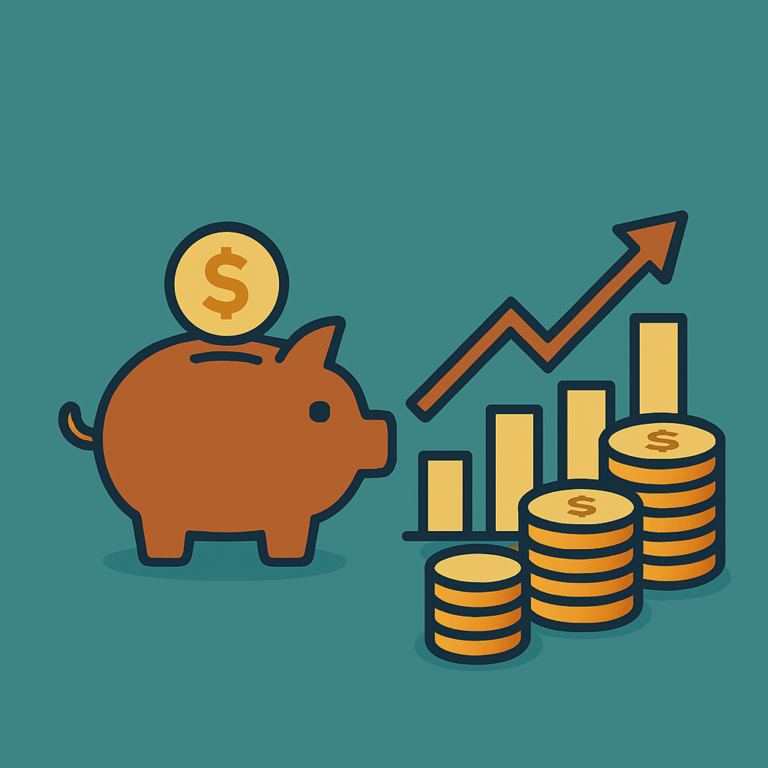
How I Invest My $200,000 Salary (Step-by-Step Breakdown)
I Make $200,000 a Year — Here’s How I Invest It I wasn’t always a high earner. My first job…
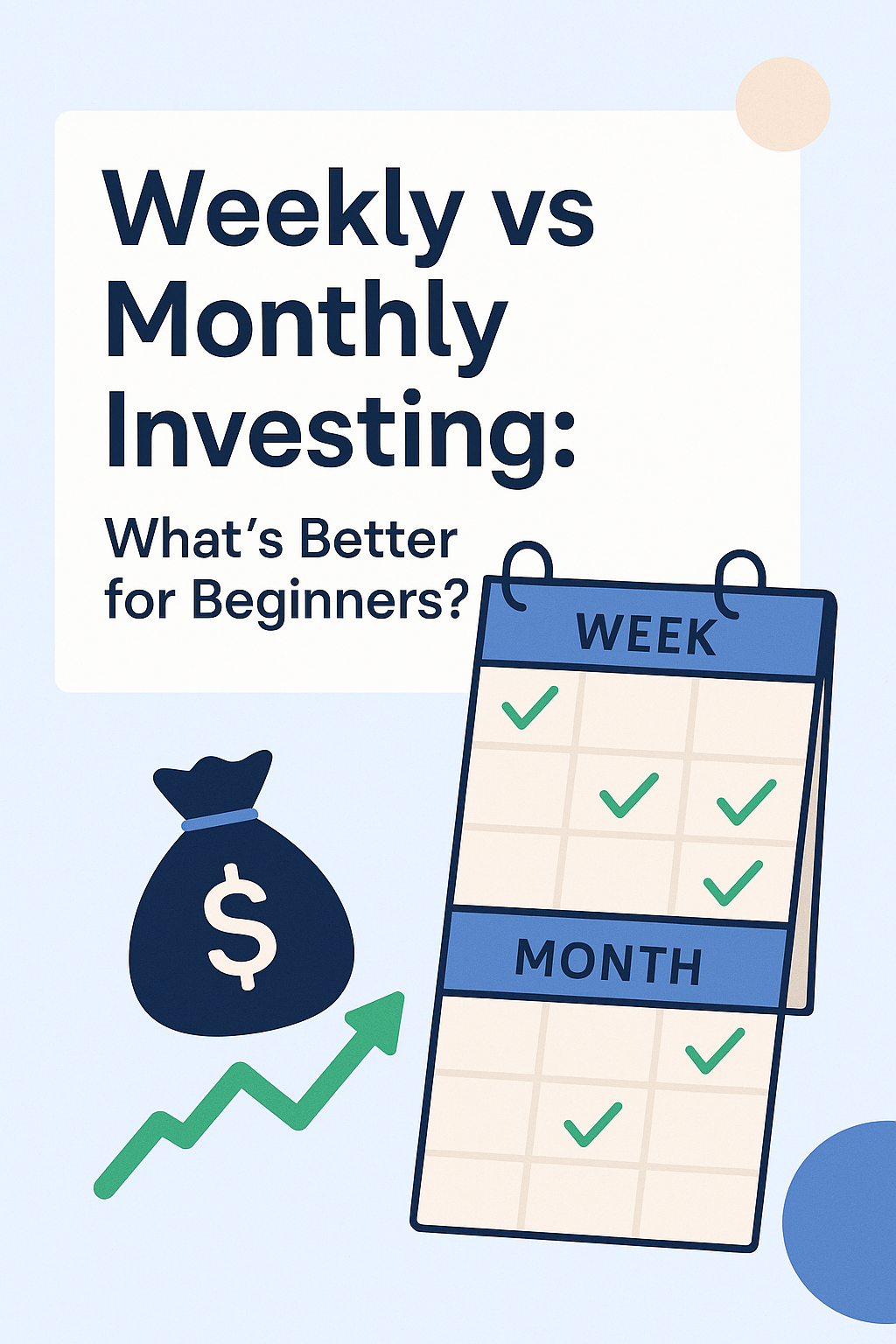
Weekly vs Monthly Investing: Which Is Better for Beginners?
If you’re wondering whether to invest weekly or monthly, you’re not alone.One of the most common beginner questions I get…
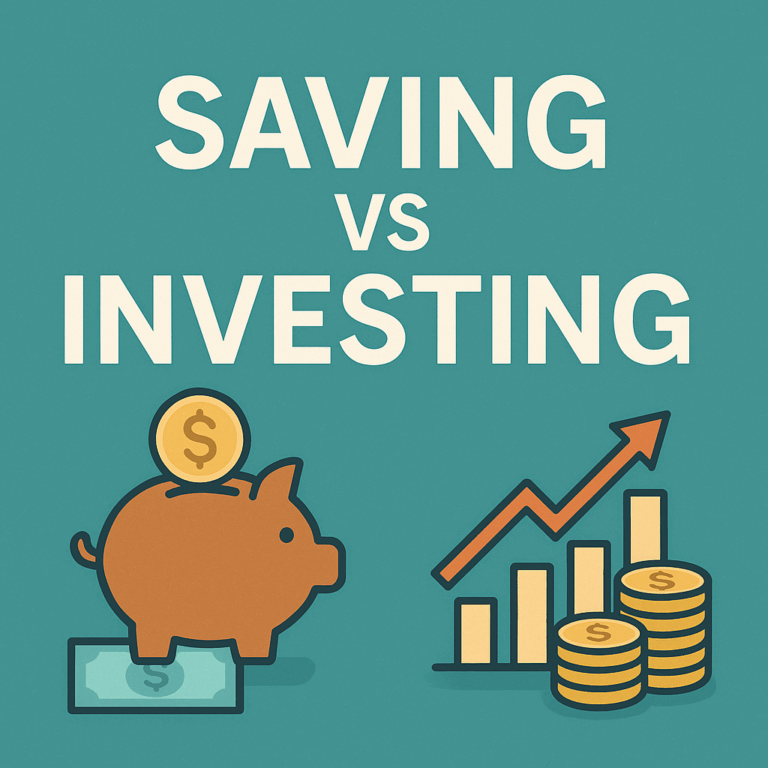
Saving vs Investing: What Should You Do First?
If you’re just getting started with money, you’ve probably asked this question: Should I save first, or start investing right…

What to Do With Your First $1,000
When I had my first $1,000 saved, I felt two things at once: proud…and stuck. I knew I should do something…
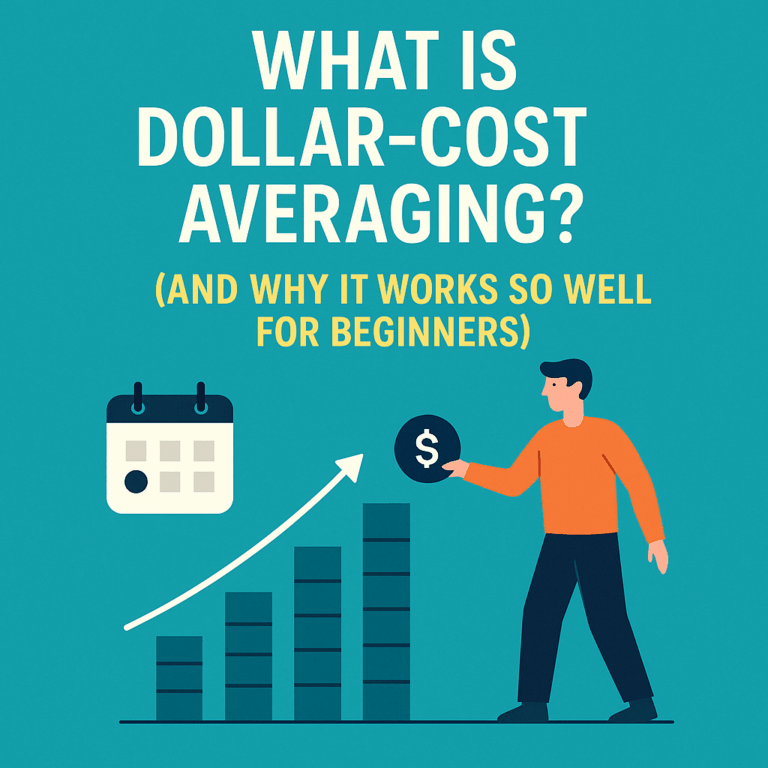
What Is Dollar-Cost Averaging? (And Why It Works So Well for Beginners)
We started investing in 2013, right after I landed my first “real” job — $15 an hour, entry-level. My wife…

How to Get Rich From Nothing (Even If You’re Broke Right Now)
I started with nothing. No inheritance. No stock tips. No trust fund. My parents didn’t leave me a dime, and…

The Best First Investments for Kids (And How I’m Building Generational Wealth for My Daughter)
When I was growing up, no one handed me a roadmap to building wealth. My parents weren’t investors. They didn’t…
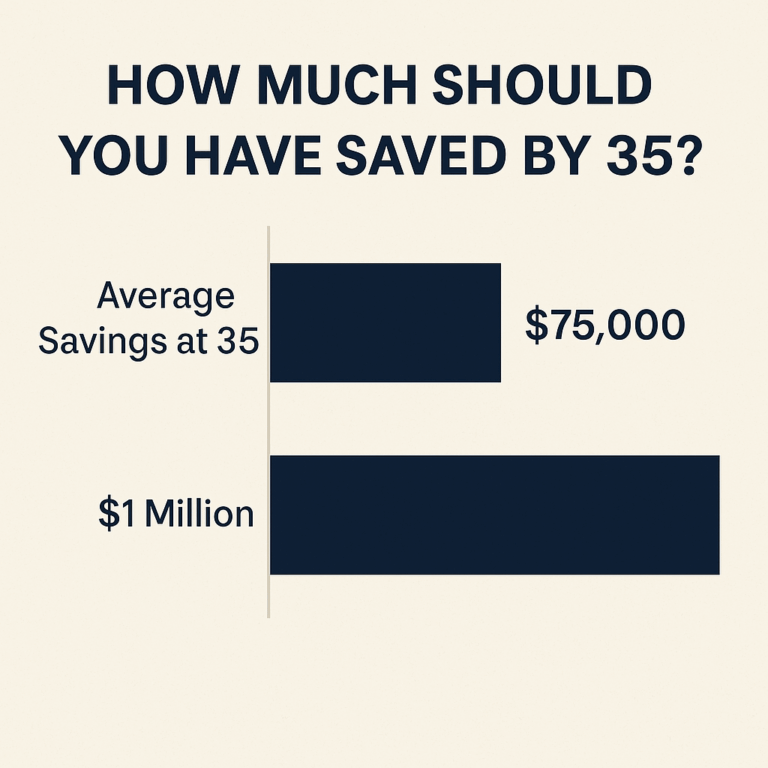
How Much Should You Save at 35? (Here’s What I Did)
The Short Answer: It Depends. But Let Me Tell You What Worked for Me. When I turned 35, I had…
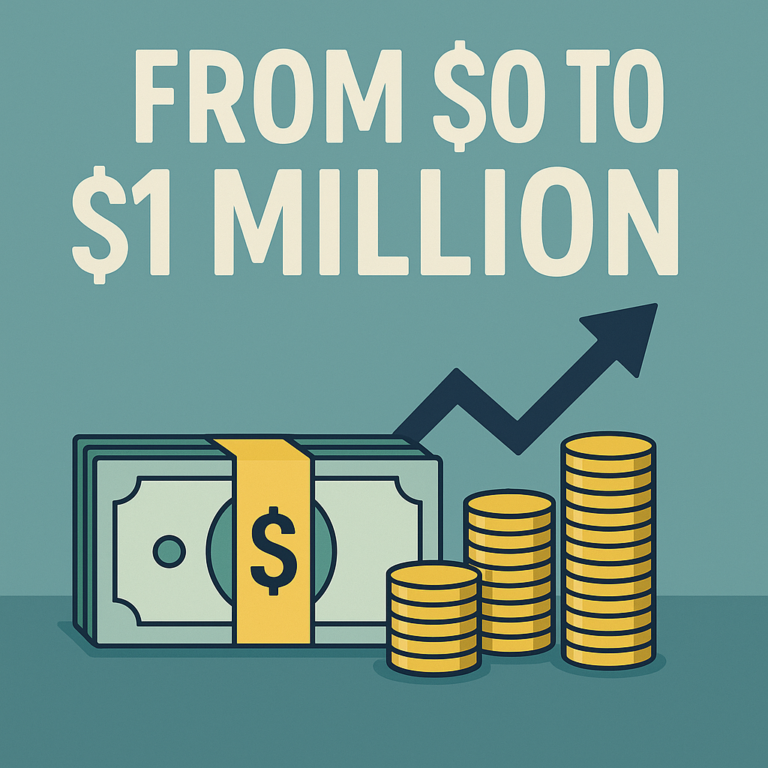
From $0 to $1 Million by 35: A Simple Wealth-Building Strategy
TL/DR: I worked hard to steadily increase my income over time until I could save half of it every month…
